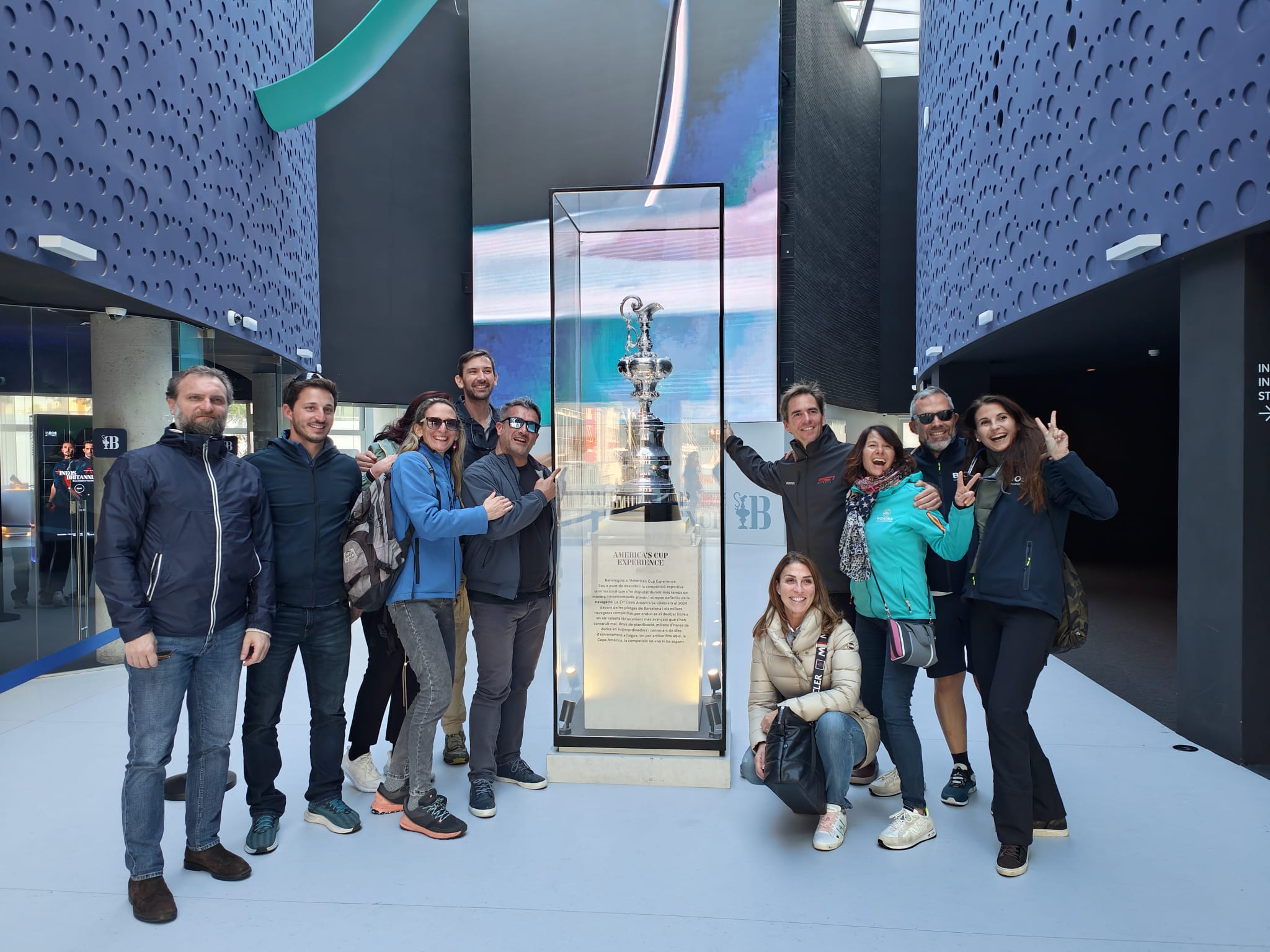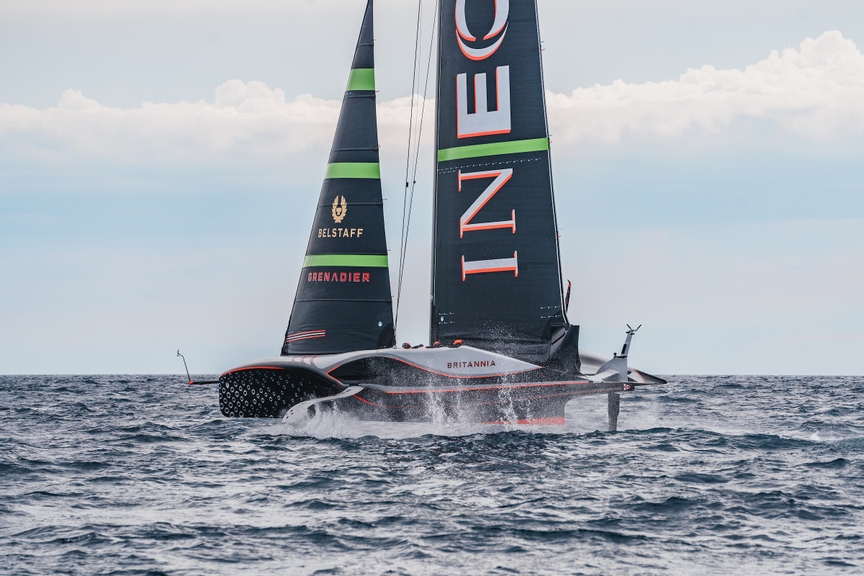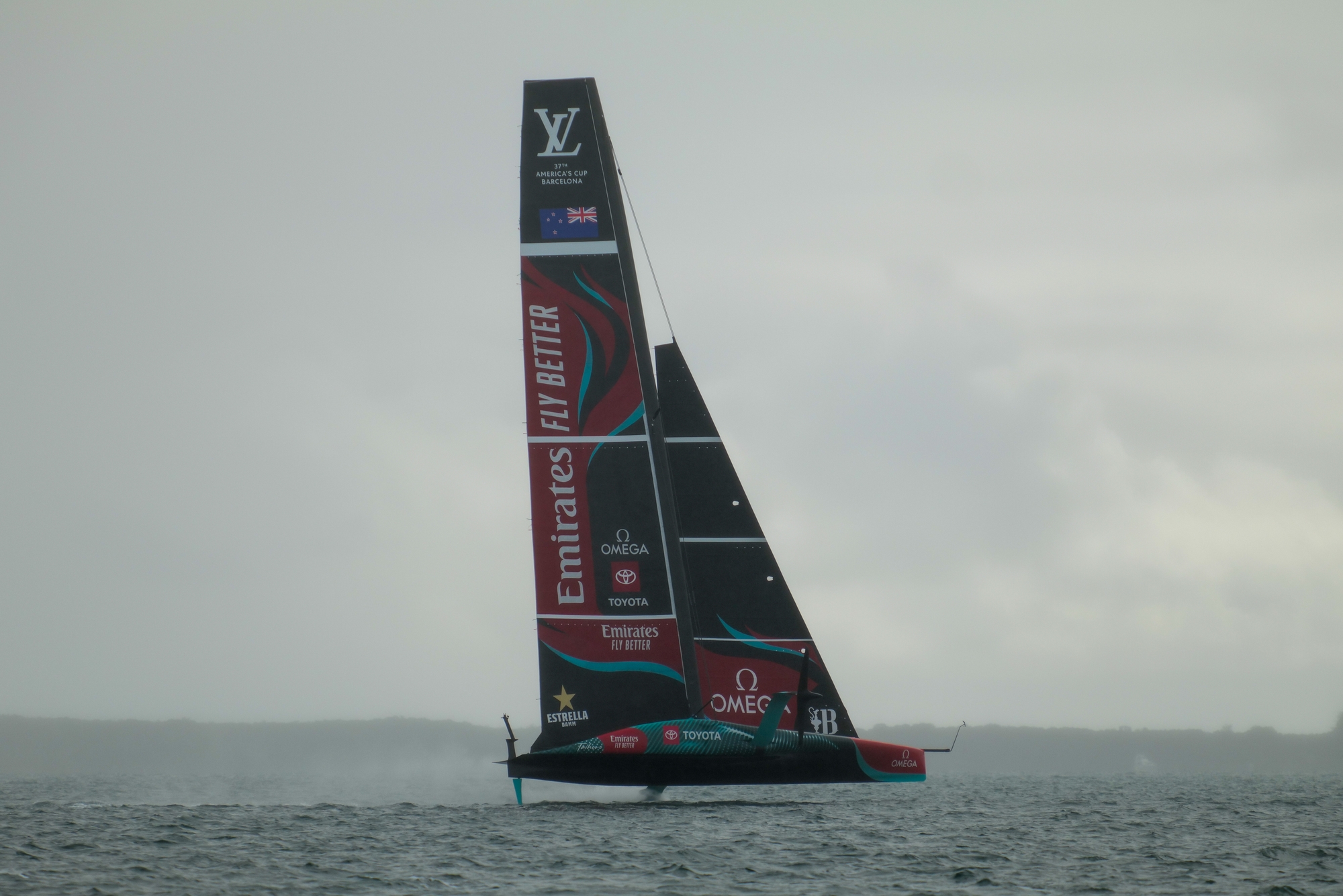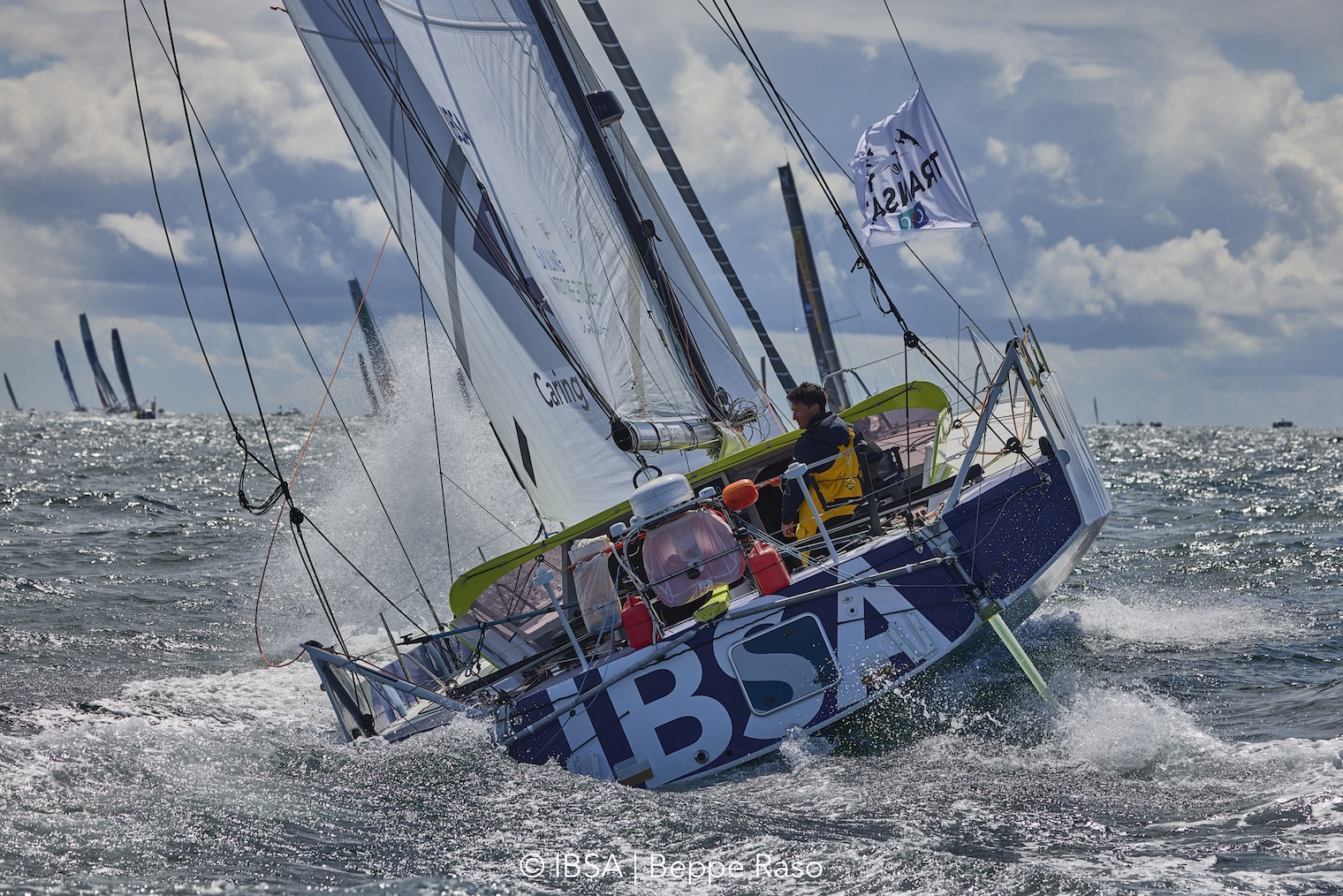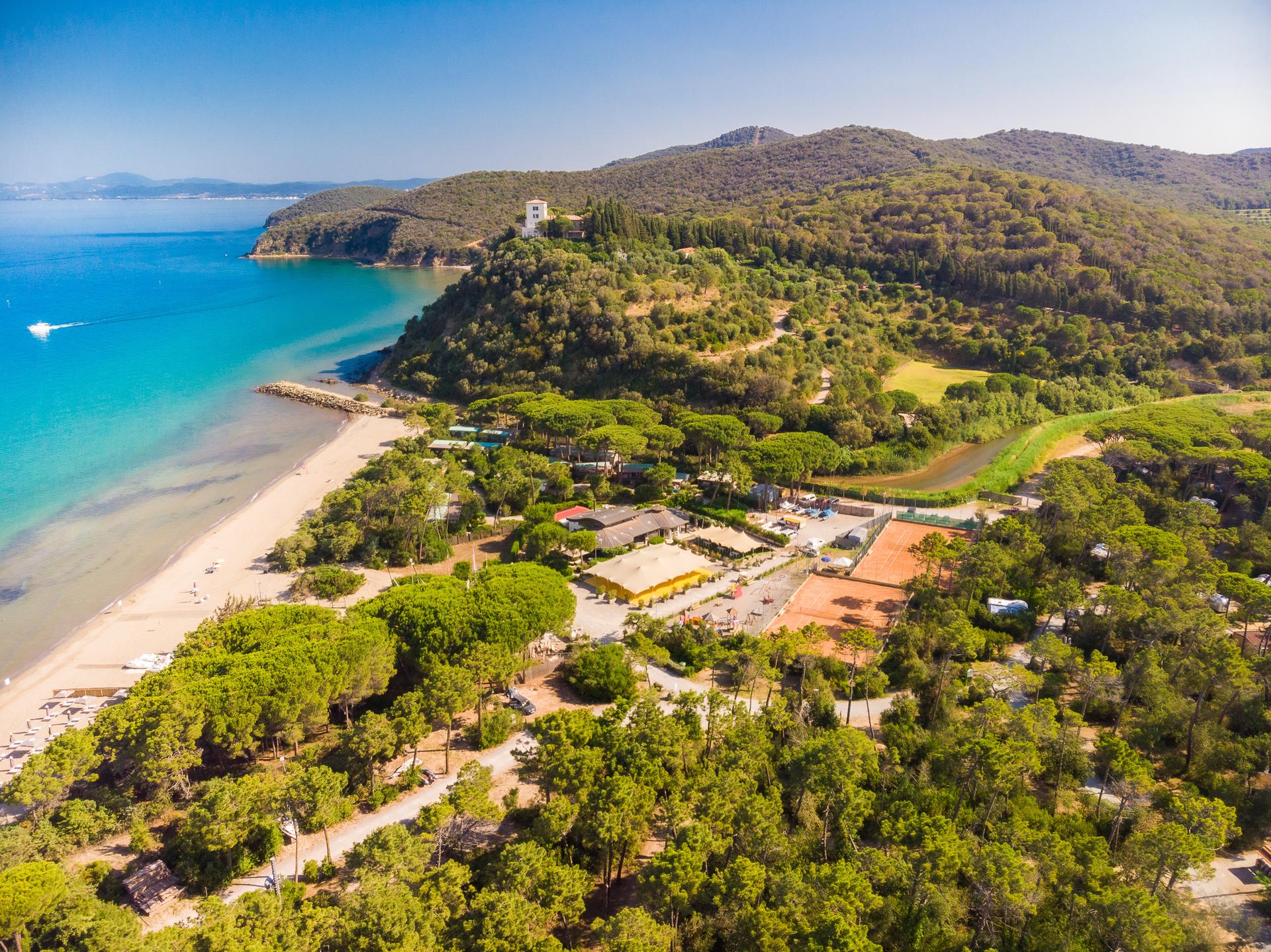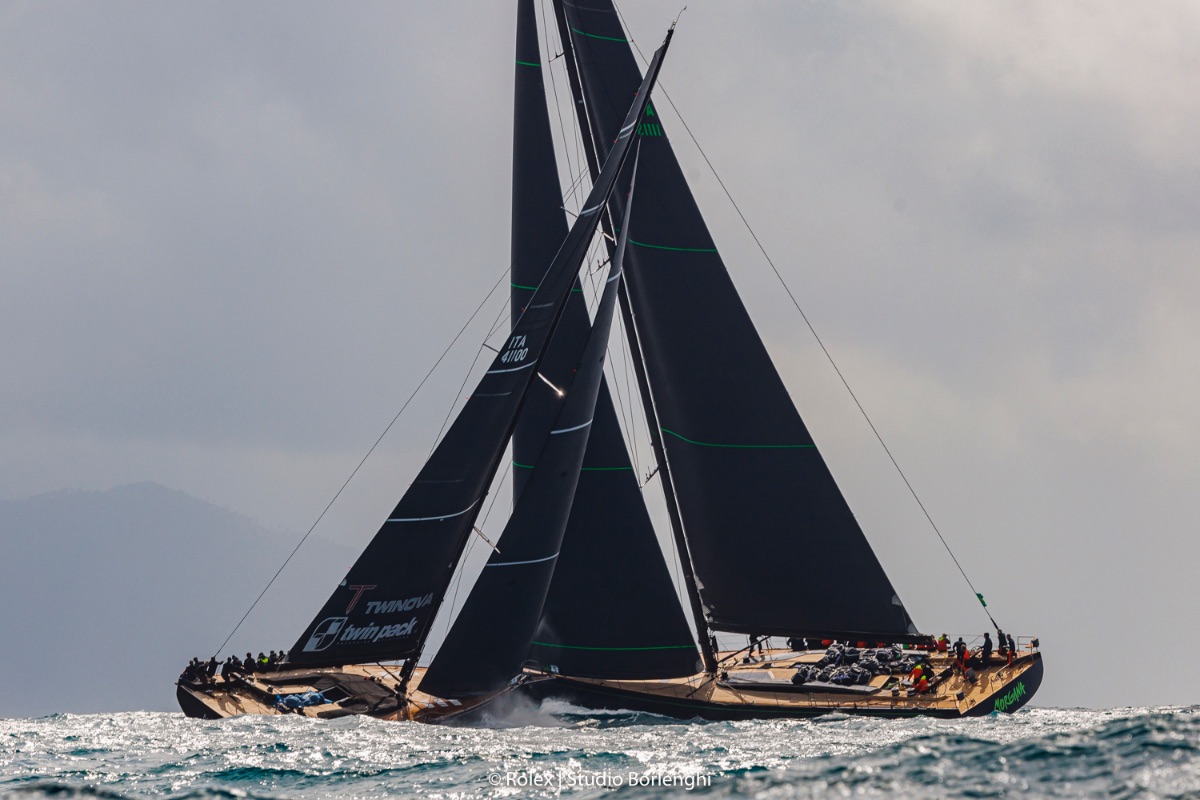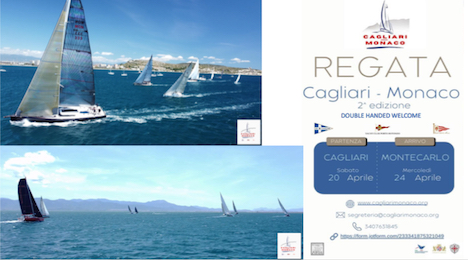Londra– Si iniziano a conoscere i particolari del Mixed offshore Keelboat Event che World Sailing sta cercando di imporre alla comunità velica internazionale per i Giochi Olimpici di Parigi 2024 (Marsiglia per la vela) dallo scorso novembre. Con un’altra late submission, in vista del Mid Year Meeting in programma a Londra a metà maggio, il Board di World Sailing ha chiarito alcune procedure di quello che sembra già destinato a essere il più costoso ed esclusivo evento nella storia della vela olimpica.
Ne hanno parlato in questi giorni i principali Media velici On Line, tra cui Sail-World NZL e lo Sport Illustrated di Tom Ehman, sempre ben informato, che riporta stralci della bozza (Draft) del documento approvato dal Board di World Sailing, che servirà di base alla normativa relativa al formato, alle specifiche tecniche e alle qualificazioni per il nuovo evento. L’intero documento non è stato ancora reso pubblico da World Sailing, per cui il Draft riveste una notevole importanza nel dibattito velico.
E non mancano i punti scottanti. Prima di tutto la barca per l’evento olimpico del 2024 sarà fornita dall’organizzazione agli equipaggi nazionali che si saranno qualificati. Una lista di barche approvate dal Council di WS sarà resa nota alla Conferenza Annuale del prossimo novembre 2019. Tra queste, WS ne anticipa alcune che avrebbero i requisiti necessari (lunghezza tra 6 e 10 metri, senza foil, buone prestazioni tra 4 e 40 nodi, armo a sloop con spinnaker/gennaker, fondamentale produzione one design per la fornitura olimpica). La lista finale sarà come detto diffusa nel novembre 2019.
Questo l’elenco:
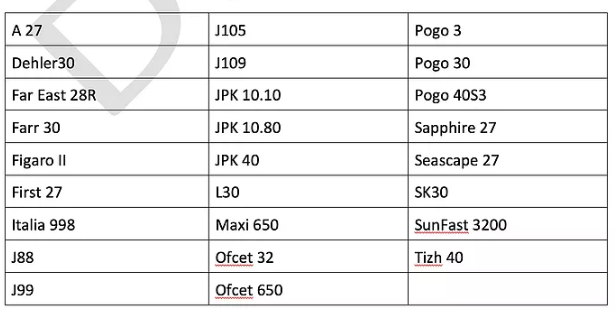
Vi è poi la questione principale: come funzioneranno le qualificazioni? Dove e come si faranno? WS spinge sul fatto che con una lista composita di barche che rispondano ai requisiti necessari, le federazioni nazionali (MNA) e i singoli velisti possano organizzare allenamenti, selezioni e test. In tal modo, ovvero utilizzando flotte disponibili in loco, WS conta di diminuire i costi di viaggi e spostamenti per disputare le selezioni continentali. Va da sè che, con tali barche, l’accesso sarà determinato essenzialmente dalle capacità economiche dei singoli velisti e delle federazioni più potenti. Non che ciò non succedesse anche prima, basti pensare ai costi di una campagna olimpica di alto livello in classi come era la Star o come oggi il Nacra 17, che facilmente arrivano a 100.000 euro nel quadriennio. Con questo evento, però, tali costi saranno destinati a lievitare ancora di più, visto che è noto come la messa a punto del mezzo in regate offshore sia fondamentale e costosa.
L’evento, però, fa ovviamente gola a molti, ad attori come i cantieri, le velerie, un gruppo di velisti d’elite di lunga esperienza, per cui tutto lascia prevedere che lo spirito olimpico sportivo soccomberà alle ragioni del business. Non resta, quindi, che seguirne i dettagli.

La barca prescelta per Marsiglia 2024 dovrà essere comunicata entro la fine del 2023. In tal modo WS conta di evitare la “Arms Race”, ovvero l’aumento dei costi dovuto alla corsa ad armare e sviluppare le barche. I posti per l’evento offshore mixed saranno tra 14 e 20. Ricordiamo che anche questo evento sarà disputato da equipaggi misti uomo/donna.
Le qualificazioni saranno per lo meno di due anni, con più eventi a disposizione degli equipaggi, inizialmente su base continentale per diminuire i costi. In alcuni casi potranno essere usati eventi già esistenti, e WS cita per esempio, tra le regate ideali per macinare miglia in preparazione alle qualificazioni, la Rolex Middle Sea Race, la Hobart o il Rolex Fastnet… non tenendo presenti forse le possibili dure condizioni che si possono trovare in quelle regate da affrontare con una barca di 27-30 piedi in un equipaggio misto in doppio…
L’evento olimpico 2024 si disputerà come noto in agosto a Marsiglia, su una distanza sulle 400 miglia (si ipotizza partenza e arrivo da Marsiglia con il giro della Corsica), che inevitabilmente implicherà anche mattinate in bonaccia a ciondolare sotto costa in attesa della brezza estiva pomeridiana, con ampio margine alla sorte in un evento secco come quello olimpico. Speriamo almeno nel Mistral del Golfo del Leone, ma non oltre i 40 nodi…
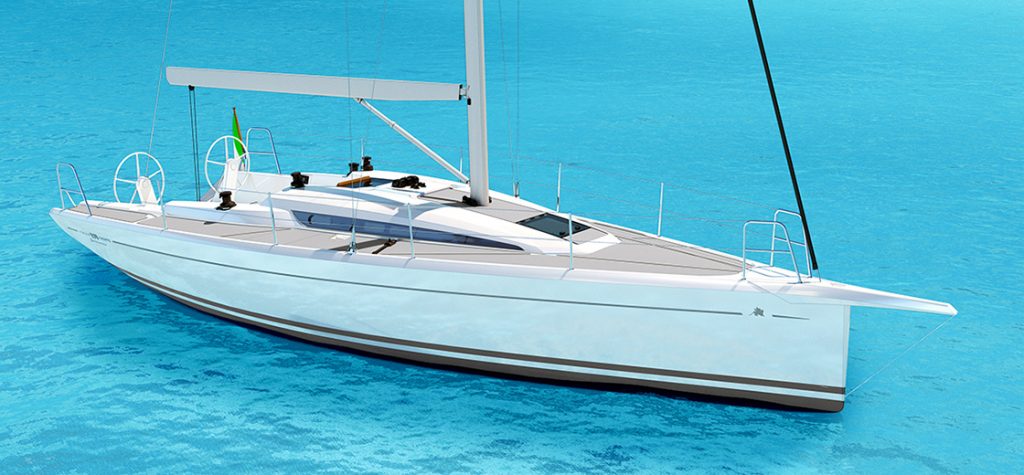
In attesa che WS pubblichi il Draft completo della sua guida, che comprende anche una lunga sezione rivolta allo sfruttamento mediatico dell’evento, pubblichiamo l’estratto anticipato da Sailing Illustrated:
“2.1 Introduction:
Submission 058-18 confirmed the key equipment criteria for the Mixed Two Person Keelboat Offshore event:
• Boat concept: Displacement mono-hull (non-foiling), short-handed deck layout
• Length: 6 – 10 metres hull length
• Performance: Good all-round performance in 4 to 40 knots
• Sails: Proper sail inventory for all conditions. Sloop rig with spinnaker
• Supplied equipment
2.2 Key Principles:
The following key principles have been adopted by the Equipment Working Group & Qualification Working Group:
(a) The Mixed Two Person Keelboat Offshore event has to be an event aimed at testing the Offshore sailing skills of the athletes and should not allow an equipment arms race.
(b) A ‘long list’ of equipment that meets the equipment criteria for the Mixed Two Person Keelboat Offshore event should be approved at the 2019 Annual Conference in November.
(c) By approving a long list of equipment that meets the equipment criteria World Sailing will be able to ensure that the most diverse number of MNAs and the largest possible group of sailors will be able to train and plan for the Olympic Games.
(d) The approved long list of equipment will provide event organisers, MNAs and sailors with opportunities to train, compete at events and host Olympic Qualification Events in equipment that is readily available and affordable in their continent.
(e) The equipment selected for the Paris 2024 Olympic Games, in accordance with the equipment criteria, should be selected as late as possible in 2023.
(f) There should be a quota of between 14 and 20 boats for the Paris 2024 Olympic Games.
2.3 Olympic Equipment Decisions:
Rather than select a specific piece of equipment at the November 2019 Annual Conference, World Sailing should select an approved long list of existing equipment that matches the key criteria for the Mixed Two Person Keelboat Offshore event. Boats that are included on this list can then be used for training and qualification opportunities.
The supplied equipment for the Paris 2024 Olympic Games should then be selected as late as is possible in 2023. This will ensure that the event does not become an equipment arms race.
The Equipment Committee and the Offshore and Oceanic Committee will develop the process for finalising the equipment options in line with the Submission 058-18 criteria. In order to ensure the widest possible range of boats can be approved at the 2019 Annual Conference an open tender process will be run allowing manufacturers and MNAs to propose boats that meet the equipment criteria to be included.
Based upon an initial evaluation, possible boats that could be selected for training, Offshore events and Olympic qualification could include:


The Equipment Committee and the World Sailing Executive Office are gathering additional information about other boats that could be included alongside the national distribution data of each of the boats.
The final list of boats that can be selected at the 2019 Annual Conference will be extremely diverse, will provide the opportunity for MNAs to compete in existing, affordable equipment and ensure that there are opportunities for sailors around the world to qualify for the Olympic Games.
2.4 Supplied Equipment at the Olympic Games:
The equipment finally selected for the Olympic Games should be approved as late as possible. For the Paris 2024 Olympic Games this decision should be made in 2023. There is an opportunity for the Paris 2024 Organising Committee to sign a value in kind deal with the chosen manufacturer which may provide a sustainable financial model for the supplied equipment and possibly provide a legacy for the sport in that region. Alternatively, an open bid process would be run to finalise a contract with a manufacturer to supply the equipment for the Olympic Games, in accordance with the equipment criteria and other World Sailing requirements.
2.5 Olympic Qualification:
The key IOC criteria for Olympic Qualification are:
(a) Qualification systems must allow for the participation of the best athletes through a fair and transparent process within the framework of the Olympic Charter.
(b) The principle of universality shall be reflected in qualification systems through continental representation. A maximum number of athletes per NOC will be set within each sport, discipline or event to ensure a broad participation of NOCs.
(c) Athletes/teams shall have more than one opportunity to qualify, however the qualification systems should not necessitate extensive and expensive travel requirements. Where possible, continental events should be used.
(d) In principle, existing events approved by IFs should be used for qualification. IFs should not impose a specific event on the Organising Committee of the Olympic Games combining a test event and qualification event.
(e) The qualification period should cover a maximum of two years prior to the final entries deadline.
In order to ensure the maximum number of MNAs and sailors are able to participate at the Olympic Qualification Events the following key principles should be adopted:
(f) In order to maintain the integrity of an ‘Offshore’ event it is important that athletes are able to train and qualify on different boats as it is the ‘Offshore’ skills that should be tested rather than knowledge of a specific piece of equipment which could then lead to an arms race
(g) By approving a long list of equipment that can be used for the Mixed Two Person Offshore Keelboat event the costs of an Olympic campaign and attendance at an Olympic Qualification Event can be reduced.
(h) There should be a series of Continental Qualification Regattas that ensure that the equipment used is widely and readily available in those continents. This will maximise MNA opportunities to qualify and reduce costs.
(i) Fleets of boats will need to be equalised and the options for achieving this are being considered.
2.6 Training Opportunities:
Training opportunities should not be restricted to strict one design equipment, there are plenty of opportunities for athletes to compete in a rating system class – such as IRC, ORC, etc. This will open up the list of possible boats available for training around the world. However, only one-design approved equipment would be used for qualification.
World Sailing should also ensure strict rules around first aid requirements, sea survival courses, minimum number of miles sailed by athletes, etc.
There are many established Offshore events that athletes and MNAs can target in order to gain the necessary experience for competing in the Mixed Two Person Keelboat Offshore event at the Olympic Games.
Established:
• Sydney – Hobart Race
• Fastnet Race
• Middle Sea Race
• Newport – Bermuda Race
• China Seas Race
• Caribbean 600
New for 2019:
• Offshore World Championships
• Baltic 500 Race
• Oakcliff Long Island Race
A full analysis of existing Offshore events is being undertaken to provide a full list of suitable events”.


